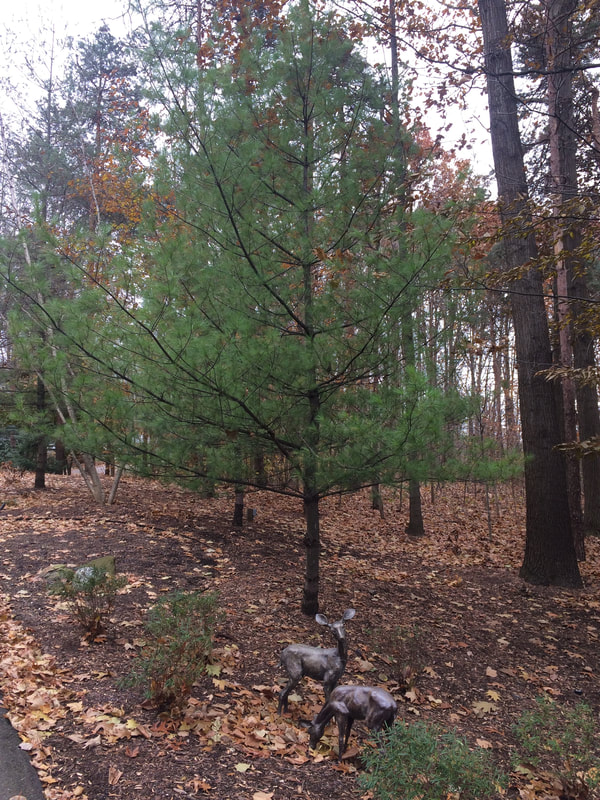|
Story and photo by Donna Iverson
After the holidays are over, what will you do with that live evergreen tree? Consider recycling it. The Muskegon Conservation District is holding a tree recycling collection at their location at 4735 Holton Road in Twin Lake after Christmas.You can bring your tree there and place it in a designated area flagged off near the office building.The donated trees will be used for an upcoming project using evergreen trees for erosion control along stream beds. According to Emily Grasch, a spokesperson for the district, the trees will be bundled up and placed along the sides of local streams. Basically the tree bundles will catch the sandy soil and hold it in place and not allow it to wash downstream, she said. If you want to recycle your tree somewhere closer, you can find a recycling center nearby by checking out www.Earth911.com. You simply type in your zip code and you will get a list of recycling centers in your vicinity. If you live on a lake, pond or creek, and rising water is eroding your property, positioning a Christmas tree along the bank can act as a natural sand fence, similar to what then conservation district is doing, The wood and branches help with erosion control and the nutrients can enhance whatever vegetation is growing nearby, even dune grass. Christmas trees can also be used to stabilize dunes. Of course, you can recycle that tree right in your backyard. Break off the branches and use them to mulch your perennials. Evergreen branches also make a great base for a new compost pile. Dried pine needles can be used to make homemade potpourri along with pine cones, berries and dried herb leaves from your garden. Then there's my personal favorite approach that requires next to no effort. Simply place your tree (minus the decorations) in the garden to provide habitat for birds and small mammals during the frigid winter months. Once the limbs dry out, the branches would make a great summer bonfire. Thirty years ago, 90 percent of American households put up a real tree, according to USDA data. Today that figure is about 20 percent, although I suspect that figure is higher here in the north country. But the tide is turning as millennials are buying real trees, in their search for authenticity. Largely because of them, 2019 was the best year for real Christmas tree sales in a very long time. According to a spokesman for the National Tree Association, 98 percent of real trees are grown in tree farms. In Michigan, the highest density of tree farms is in Missaukee county near Cadillac. These farms sold 571,000 Christmas trees in 2017. The most popular tree in the upper Midwest is Scotch Pine and Spruce, the same trees that were popular back when most people cut a tree down that was growing on their own or a neighbors property. This uptick in real Christmas tree sales is giving a boost to rural communities where Christmas tree farms have been barely holding on waiting for just a resurgence in sales of their product, which is totally recyclable.
0 Comments
Your comment will be posted after it is approved.
Leave a Reply. |
Archives
April 2024
Categories |

 RSS Feed
RSS Feed